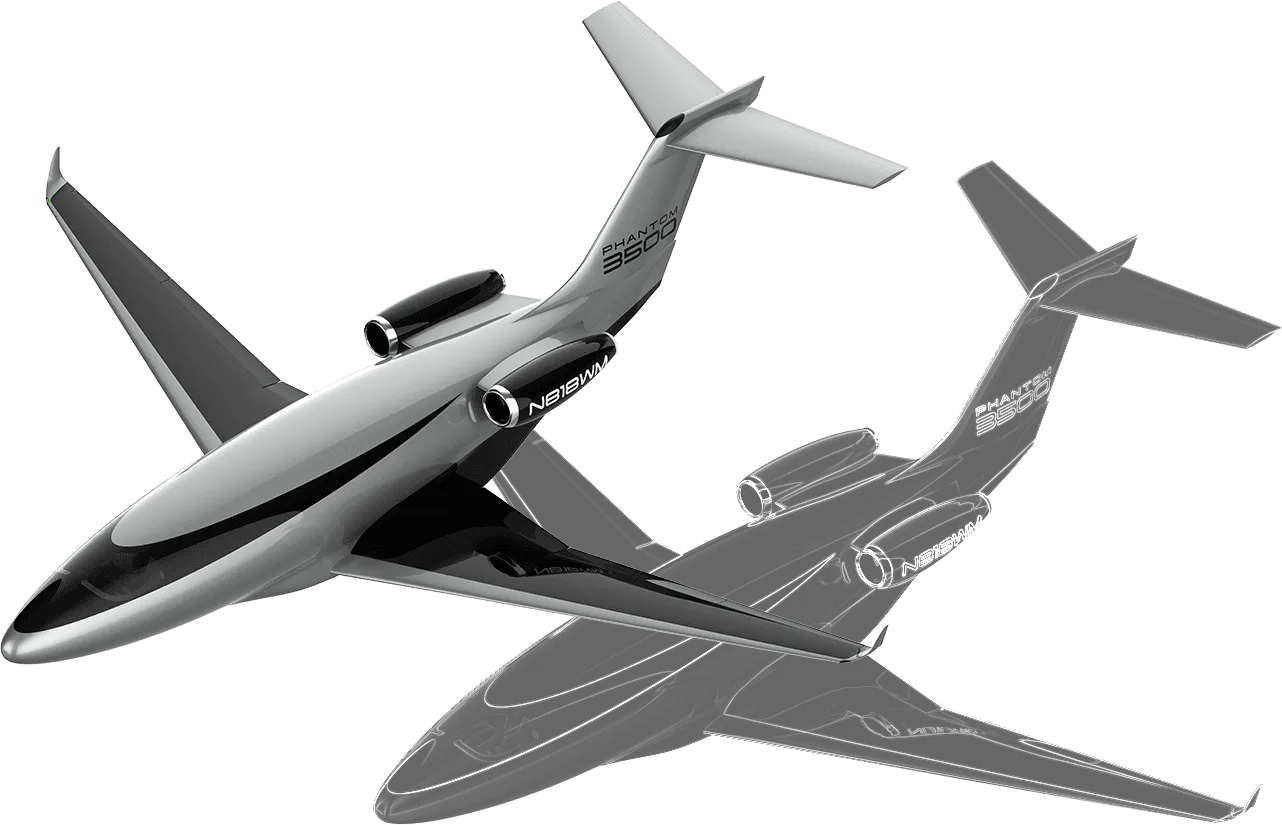Technology
Engineering The Future of Flight
At Otto Aviation, we don’t just innovate — we redefine what’s possible. Our breakthrough laminar flow design is at the core of a technological revolution, enabling unprecedented efficiency, performance, and sustainability. From advanced manufacturing to digital twin-engineering, every aspect of our approach is engineered for speed, precision, and scalability.
Our laminar flow technology has been verified by more than a decade of research, collaboration with dozens of external experts, and investments exceeding $150 million.

For more than a century, aviation has regarded turbulent airflow as an unavoidable inefficiency. Otto is changing that. Our full laminar flow design minimizes drag to levels never before achieved in commercial aircraft, unlocking a dramatic reduction in fuel consumption and carbon emissions. By maintaining smooth airflow across the aircraft’s surface, we maximize efficiency, extend range, and reduce operational costs — all while delivering a more comfortable ride.
The Breguet Range Equations
Small improvements in drag, characterized by “L/D” (lift-to-drag ratio), lead to significant reductions in fuel burn and improved aircraft performance.
Reducing drag lowers an aircraft’s fuel burn, in turn, lowering the fuel volume and weight required to achieve a mission. Less fuel reduces the size of the wings, propulsion systems, and supporting structures. Acquisition, production, and maintenance costs are all also reduced with smaller and lighter aircraft systems.
Tech Demonstrator: Proven Performance with the Celera 500
True innovation isn’t theoretical — it’s tested, refined, and validated. In 2017, we put these technologies to work over a three-year flight test program with the Celera 500 full-scale technology demonstrator. The piloted aircraft completed extensive flight testing, proving the real-world viability of full laminar flow aerodynamics. The data confirms what we set out to achieve: radical improvements in efficiency, lower fuel burn, and an entirely new category of aircraft. With three years of flight testing logged, the Celera 500 has paved the way for our production aircraft, demonstrating that the future of aviation has arrived.
Advanced Manufacturing: Precision at Scale
Building the future of flight requires more than just advanced aerodynamics — it demands next-generation manufacturing. Otto integrates digital design, cutting-edge materials, precision engineering, and automation to produce aircraft at scale without compromising performance. Our proprietary processes ensure that every component achieves the highest aerodynamic efficiency, reducing weight, maximizing strength, and streamlining production timelines – and cost.
Digital Twin
Accelerating Innovation
Each Otto aircraft is designed, optimized, and perfected in a digital environment before ever taking flight. Our digital twin technology enables us to model every aspect of performance, from airflow dynamics to structural integrity, in real- time. This virtual-first approach enables rapid iteration, predictive maintenance, and continuous optimization, ensuring that every aircraft we produce is engineered for peak performance from day one.

Virtuous Cycle
Lower drag and everything rises
So how does Otto achieve this revolutionary improvement in aircraft performance and cabin comfort? We call it the virtuous cycle – and there are three of them, all resulting from the dramatic reduction in drag enabled by laminar flow. Read more about the Otto Virtuous Cycles here.



